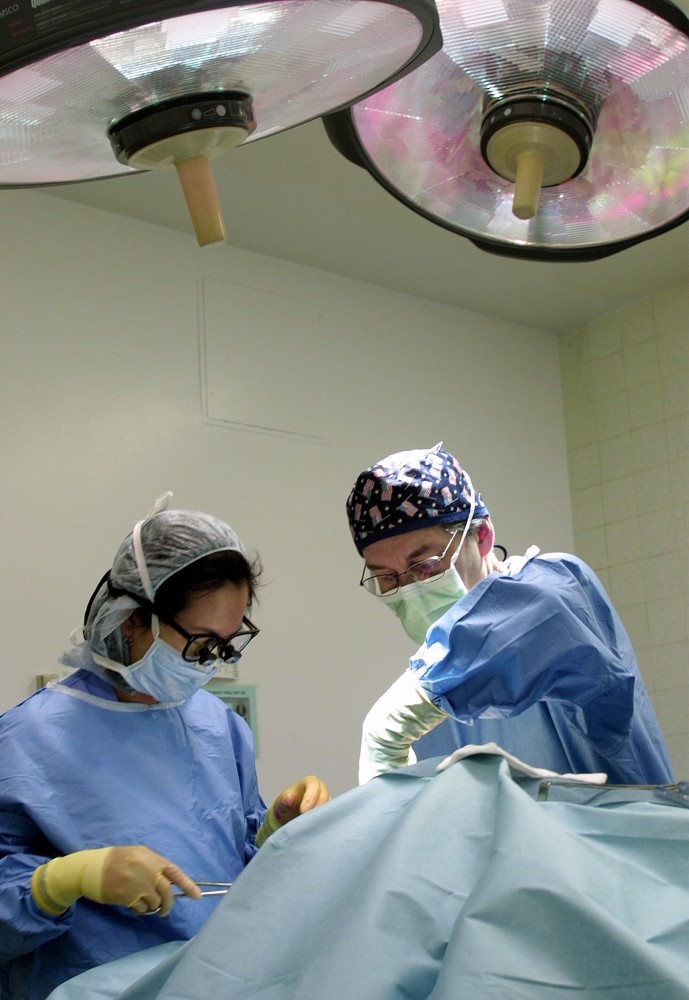By Erin E. Arvedlund
The Philadelphia Inquirer.
Whether you’re a woman or a man who wants to turn back the clock on aging, plastic surgery and non-surgical procedures such as injections and fat grafts are becoming a top anti-retirement expense.
Margaret Cipparrone, for one, is not ready to retire. She works as a Gloucester County assistant prosecutor and spends a lot of time in front of juries.
“When I have the ‘elevens’ in between my eyebrows, I look too stern,” she says, referring to her least favorite worry lines on her face.
“Juries don’t like that, they want women to look pleasant. If I’m stern or assertive but I look pleasant, they accept what I’m saying,” says Cipparrone, 63, who recognizes that “juries talk about me, what I’m wearing, and how I appear. I have to look the part.”
To postpone retirement, she went to physician Karen Harkaway in Delran for some work. Cipparrone isn’t yet having true plastic surgery — “I’m still paying for my kids’ college and graduate school educations,” she says — but Harkaway gave her Juvederm non-surgical injections.
“I’ve had Botox, as well, but it didn’t last,” Cipparrone says. “And I realize I can’t go back in time. But it helped me keep and obtain a job.” She graduated law school at 40 and is one of a team that tries cases out of Woodbury.
“I’m financially stable, and I’m going to keep working,” she says. “I like my job, and I don’t think it’s time for me to retire. I want my kids’ school loans paid off and to remain in the workforce. You have to fit in.”
Baby boomers are “having a lot of work done to stay competitive in the workplace,” says Leigh Hope Fountain, spokeswoman for the American Society for Aesthetic Plastic Surgery. “It’s very ageist, but it’s the unfortunate reality.”
Private lenders are stepping in to finance nips and tucks. Graham Anderson, director of health-care marketing at San Francisco-based Prosper Healthcare Lending, says the firm sets up relationships with plastic-surgery centers. The lender’s data show people in their 80s asking for loans for plastic surgery, including face-lifts, eyelid lifts, and tummy tucks.
“Health-care lending has been around 30 years, as costs have grown dramatically. A lot of that is due to deductibles rising under Obamacare and general health costs going up,” Anderson says.
“People are spending more out of pocket for primary care than ever before. Because of that, lending is naturally moving into elective space,” he says. “They have less medical income lying around to spend, and so they finance the procedure through a loan.”
Prosper’s rates range from 5.99 percent to 36 percent depending on credit scores, with a term of 36 to 60 months, Anderson says. About a third of loans it has funded year to date were in plastic surgery, and the dollar amount per plastic-surgery loan in 2015 averages $8,157.
Barry Noone has performed 1,800 face-lifts over a 40-year career, and the plastic surgeon says his practice among men is growing. The patient ratio used to be 20 women for every man, he says. Today, it’s 15 women for every man.
Boomer men “come in for eyelid and neck lifts quite a bit,” Noone says. (He’s had the eyelid surgery himself.) For women, “they want to get rid of what’s known as ‘resting bitch face’ — which is you look angry as the corners of your mouth start to droop.”
Bala Cynwyd physician Mark Solomon also says his male patients have to compete against a much younger population.
One successful businessman “is the face of the company, literally” and attributes his success to his appearance. “He’s 70 and shows no sign of slowing down, but he looks like he’s in his late 50s. He’s got a lot of bang for his buck.” Over 20 years, the patient has spent $30,000, Solomon says.
Another patient “had this feeling they were trying to find someone younger,” Solomon says. “We did hair restoration on him,” at a cost of $10,000, “but it allowed him to keep his six-figure job.”
Brannon Claytor, Noone’s partner at the Bryn Mawr practice, says another patient, a lawyer, was telling all her clients she took an extended vacation when in fact she got a face-lift.
“It bought her another 10 years in the workforce. She was 64,” Claytor says.
Cipparrone acknowledges that she can’t translate her facial injections into hard financial returns.
“I can’t tell you that because of this I make more money,” she says, “but I feel more successful in my job. I get a better verdict and a better result with juries and jurors. It’s tangible. I’ll stay in my position until it’s time to retire from the county prosecutor’s office. I can then go into private practice.”
Like many boomers, Cipparrone knows that “we’re living longer and working longer, generally because we had children later. We’re paying bills longer, and people lost money in the stock market, they don’t want to retire.
“It’s wonderful when you don’t have to.”














































































































































































































































































































































































